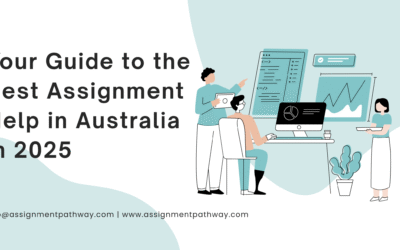Therapeutic Communication in Nursing: Techniques That Boost Patient Care
Therapeutic communication is essential in nursing, it’s the skill that creates trust, improves patient outcomes, and ensures emotional support. For nursing students, integrating therapeutic communication into your work is key and if you’re seeking assignment help, this guide will equip you to write confidently and engage deeply with the subject.
What Is Therapeutic Communication ?
Therapeutic communication is the purposeful exchange between nurse and patient, using both verbal and nonverbal cues to support patients emotionally and clinically. Its goal is to make patients feel heard, respected, and understood key ingredients for effective healing.
Why It Matters ?
This communication style achieves more than simple interaction:
- Accurate diagnoses through patients sharing more intimately
- Better treatment adherence from mutual understanding
- Greater patient and nurse satisfaction, reducing burnout and reducing malpractice risk
- Stronger interprofessional collaboration
Core Therapeutic Techniques
Let’s explore practical methods you can use and research in your assignments:
- Active Listening: Fully focus, use body language like eye contact and nodding, and respond with cues like “I see…” to show engagement
- Open‑Ended Questions: Encourage dialogue with questions like “Tell me how you’ve been feeling,” which reveal deeper insights.
- Reflection & Clarification: Restate what patients share (“It sounds like you’re worried…”), ensuring clarity and validation.
- Silence: Use pauses strategically sometimes saying less speaks volumes, giving patients time to process.
- Empathy & Validation: Use statements that acknowledge emotional states, like “That must feel overwhelming,” to build connection
- Teach‑Back Method: Ask patients to repeat care instructions in their own words. This confirms understanding and boosts safety.
- Cultural Awareness: Respect cultural context, values, and beliefs, tailored care means better outcomes.
- Professional Boundaries: Maintain respectful distance and roles, avoiding oversharing while staying empathetic.
Nonverbal Communication: Body language like sitting facing the patient, using a calm voice, or gentle touch conveys compassion and attentiveness.
Real‑World Scenario: Putting Techniques into Practice
Imagine a patient hesitant about discharge medications:
- You begin with active listening and give them space.
- You ask, “What worries you most?” using an open-ended question.
- The patient says they forget doses. You reflect, “Sounds like you worry about forgetting can you tell me more?”
- You pause; silence gives them time.
- You respond with empathy: “That makes sense med schedules can be confusing.”
- You apply teach-back: “Can you explain how you’ll take your meds?”
- Later, when reporting to the physician, you use SBAR.
This approach demonstrates integration of multiple techniques, ideal fodder for papers or when seeking assignment help.
Putting It into Practice as a Student
When writing essays or seeking assignment help, remember:
- Include real-life examples like the one above.
- Cite benefits: better adherence, clearer diagnoses, reduced errors
- Reference frameworks: teach-back, SBAR.
- Integrate empathy, cultural awareness, and nonverbal cues into your discussion for depth.
Student Tips When Seeking Assignment Help
- Highlight different techniques (active listening, SBAR, teach-back) in your work.
- Add insights from Reddit or nursing forums for real-zone context:
- “I start out with agreeing… validation is important. Sometimes people just want to vent, and all they really want is for someone to say, ‘I hear you.’”
- Discuss how each communication method improves patient care.
Final Takeaway
Therapeutic communication isn’t optional, it’s central to effective nursing. When you master techniques like active listening, open-ended questions, teach-back, and SBAR and back you’re understanding with solid evidence, you’ll boost patient care and elevate your academic work. Next time you need assignment help with a communication-based paper, use this guide to craft insightful, well-supported essays. I’m here to help with outlines, source suggestions, or proofreading just say the word! 😊






